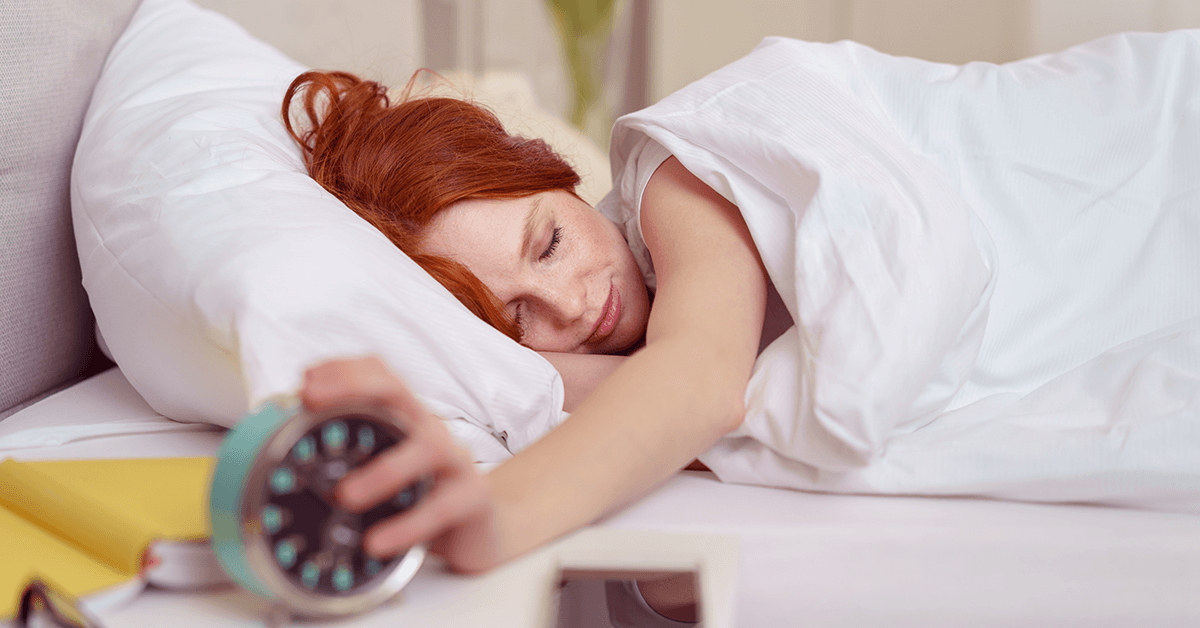Insomnia | Sleep-Related Breathing Disorders | Central Disorders of Hypersomnolence | Circadian Rhythm Sleep-Wake Disorder | Parasomnias | Sleep-Related Movement Disorders
Introduction
We’re providing a section of standardized definitions of common sleep disorders for educational purposes.
This section makes it possible for you to identify potential primary or comorbid sleep disorders at a glance. Feel free to find more information on the disorder within the site.
You’ll need the help of a sleep professional for a diagnosis; however, you know your body best, and reviewing these sleep disorders is a good start.
Insomnia
Insomnia can be categorized as acute (short term) or chronic (long term). A diagnosis of chronic insomnia can be made if your sleeplessness has lasted three months or longer and if your sleeplessness persists for more than three nights a week.
Symptoms can manifest after a stressful event, a death in the family, or job loss. You can have trouble falling asleep, staying asleep, or waking up too early. It’s possible to have all three symptoms at one time.
Insomnia can be a primary condition, or it can be a component of a comorbid condition, like a psychiatric disorder, chronic pain, or another sleep disorder. The comorbid condition must first be addressed for symptoms of insomnia to subside.
Sleep-Related Breathing Disorders
Two of the commonly known sleep-related breathing disorders are apneas: obstructive sleep apnea (OSA) and central sleep apnea (CSA). Although they have similar symptoms, they are the result of different physiological causes.
OSA occurs more often than CSA and is caused by soft tissues at the back of the throat repeatedly relaxing, partially or completely blocking the upper airway. As a result, your breathing can pause up to 300 times a night.
CSA is a physiological result of your brain not sending signals to muscles that are responsible for breathing. With this disorder, you experience repetitive cessation and diminished airflow and ventilation despite your respiratory effort.
Symptoms of OSA and CSA include daytime sleepiness and irritability, frequent headaches, forgetfulness, and poor work performance due to disturbed sleep.
Central Disorders of Hypersomnolence
Hypersomnia refers to a sleep disorder characterized by excessive daytime sleepiness that’s generally unrelated to sleeping well at night.
Hypersomnia can be divided into idiopathic (primary) and secondary. Idiopathic hypersomnia often develops gradually over weeks and months without a readily discernable cause.
Secondary hypersomnia may occur due to other medical conditions, such as obstructive sleep apnea, Parkinson’s disease, restless legs syndrome, chronic fatigue syndrome, or renal failure.
Narcolepsy is a chronic sleep disorder characterized by excessive daytime sleepiness with cataplexy (a sudden loss of muscle tone while awake), hypnogogic hallucinations (realistic hallucinations before falling asleep), and sleep paralysis.
These sleep disorders differ in that narcolepsy causes sudden and uncontrollable sleep episodes, while hypersomnia is simply persistent daytime sleepiness.
Circadian Rhythm Sleep-Wake Disorder
A circadian rhythm sleep disorder (CRSD) consists of six conditions where the internal circadian timing system and desired sleep-wake times are not properly aligned.
The Six CRSD Conditions:
- Shift work disorder
- Delayed sleep-wake disorder
- Advanced sleep-wake disorder
- Jet lag
- Irregular sleep-wake disorder
- Non-24-hour sleep-wake disorder
The circadian system plays a vital role in regulating our behavioral, mental, and physical health by modulating many physiological systems, including daily rhythms in core body temperature, cortisol, and appetite.
Misalignment of the sleep-wake cycle can lead to excessive daytime sleepiness, compromised cognitive function, strained personal relations, and impaired memory formation.
Parasomnias
A parasomnia is a group of sleep disorders that causes abnormal behaviors, emotions, or dreaming during any one of the four sleep phases. Typically, parasomnia disorders can be divided into two categories: NREM-related disorders and REM-related disorders.
NREM-related parasomnias are arousal disorders and include conditions like sleepwalking, sleep terrors, and confusional arousals. REM behavioral disorder (RBD) is characterized by repeated episodes of acting out dreams (hitting, punching, yelling, running) during REM sleep.
There are parasomnias that occur that are not specifically linked to a particular sleep phase, like exploding head syndrome and parasomnias associated with medication use.
Sleep-Related Movement Disorders
Restless Legs Syndrome (RLS), also called Willis-Ekbom disease, is a chronic sleep and neurological condition characterized by an uncontrollable urge to move the legs due to unpleasant sensations. These sensations are more intense when you’re relaxed, and especially at night, during sleep time.
If you have this condition, symptoms can make it difficult to fall asleep or have a restful sleep, leading to extreme fatigue, daytime sleepiness, sleep deprivation, and even depression.






